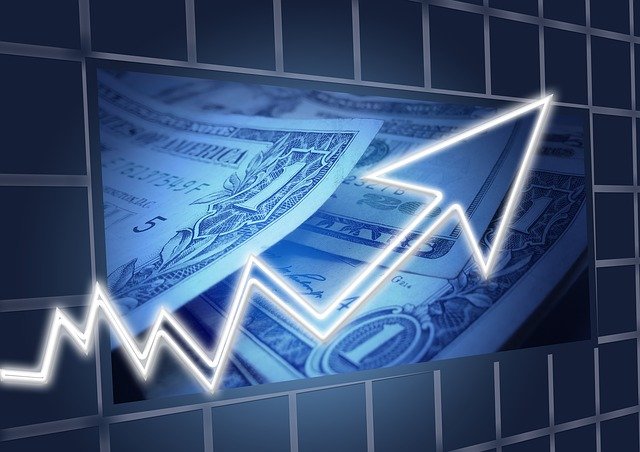Market volatility, inflation and just overall uncertainty is already a stressful mix for a retiree trying to determine the best strategy for withdrawing from a 401(k) – but some may be forced to take money out because of annual required minimum distributions, adding to investment anxiety.
Investors incur a hefty penalty when they do not take their annual required minimum distributions from their retirement accounts, but these mandatory withdrawals might come when portfolios are already suffering from a market downturn. Investments across all sectors have struggled, as have the major indices such as the S&P 500 SPX, +1.83% and the Dow Jones Industrial Average. DJIA, +1.60%
Retirees may try to avoid taking any withdrawals from their retirement accounts for the foreseeable future because of the market volatility their portfolios are facing. There’s no one-size-fits-all approach to withdrawing from a retirement plan, even on a good market day, but there are ways to minimize the damage when distributions are necessary.
“This year there is a lot more to consider and it depends on whether you need the money or are taking it because you are forced to do so,” said Byrke Sestok, a certified financial planner and president of Rightirement Wealth Partners. “Smart investors should have cash available in their investments to cover their RMDs so the investment performance shouldn’t matter as to when you take the RMD.”
Some advisers have been planning for this volatility and the downward trend in the markets for years. For example, advisers may set aside two to three years’ worth of estimated RMDs in cash within these portfolios, so that the investments themselves are left untouched when the market is plunging.
Keeping short-term needs in cash is a prudent way to avoid the messes market volatility can cause, said George Gagliardi, a certified financial planner and founder of Coromandel Wealth Management, and it should be a strategy considered for living expenses as well as expected, nearing required minimum distributions. “Unfortunately, few people do this, and with a mostly rising equity market over the past 13 years, it always seemed better to leave the funds alone and grow until needed for RMD withdrawals,” he said.
Dollar-cost average your RMD
Investors who have not planned ahead but need that money soon may be better off with monthly RMDs, advisers said. “If you are forced to do so you will want to do as little as possible,” Sestok said.
Dollar-cost averaging is an investment method based on periodic payments, and its mission is to thwart the consequences of market volatility – it works when contributing to a retirement account as well as withdrawing from one, said Wheeler Pulliam, a certified financial planner and founder of Xponify Financial. “I would encourage retirees to start to take their monthly RMDs for the year and resist the temptation to wait to see if the market will go back up,” he said. “It could very well continue to go down.”
Trying to guess when the market will be highest hardly works for an investment strategy, Gagliardi said.
Waiting might not be the wrong move for some investors, however. “If you don’t need the money, then you should wait and see how the year continues to unfold,” Sestok said. “It’s very rare that stock declines of 20% intra-year remain down that much for the full calendar year.”
The deadline for required minimum distributions is Dec. 31, unless this is the first RMD an investor must take, then that date is pushed to April 1 of the following year (RMDs begin at age 72). The amount an individual must withdraw depends on factors such as their account balance at the end of the prior year and their age, and can be taken in a lump sum or periodic installments (so long as the full amount is taken by year’s end).
The penalty for failing to take the RMD is 50% of the amount that should have been withdrawn. For example, if someone’s RMD was $2,000 and he didn’t make any distribution, his penalty would be $1,000. If he took $1,000, his penalty would be $500 (which is 50% of the remaining $1,000 that should have been withdrawn).
One other strategy to consider at this time is the Roth conversion, Sestok said. Investors who convert some or all of their traditional IRA assets to a Roth must pay the taxes on that conversion at the time it occurs, but Roth IRAs do not have required minimum distributions, which means investors could leave their money alone without worry during market volatility.
There are two benefits to Roth conversions, Gagliardi said. Selling the shares of a fund or security at a lower price comes with a lower tax liability, and they’ll come with perks later on. “The shares now residing in a Roth IRA will have an even better chance to grow, eventually withdrawing tax-free,” he said.

